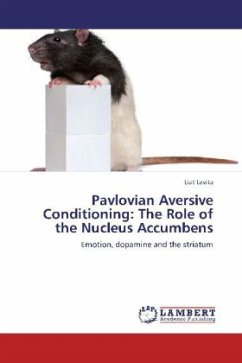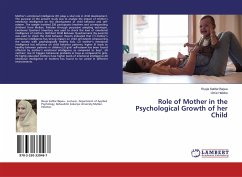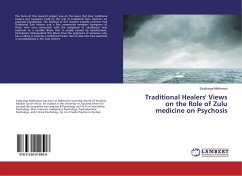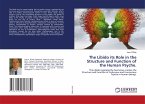The role of the nucleus accumbens (NAcc) in aversive conditioning is still controversial. Hence, the major objective of this work was set to test the posited role of the NAcc in fear and fear learning, specifically in Pavlovian aversive conditioning, and to investigate whether it has a differential role in mediation of discrete versus contextual aversive learning. This book presents converging set of data from lesion and dialysis experiments in rats that strongly question a role for the NAcc core and local DA release in that region in discrete cue Pavlovian aversive conditioning. However, they do show that the NAcc core has a crucial role in fear learning, specifically in contextual Pavlovian aversive conditioning. The latter finding reinforces the view that the NAcc does not have an exclusive role in learning processes mediated solely by rewarding events. A result which supports a much more complex and specific information processing function for the NAcc in response to environmentally significant events, be they aversive or rewarding.
Bitte wählen Sie Ihr Anliegen aus.
Rechnungen
Retourenschein anfordern
Bestellstatus
Storno








